
漢德百科全書 | 汉德百科全书
 Malaysia
Malaysia



Der Golf trennt die östliche Indochinesische von der Malaiischen Halbinsel im Westen. Die Küstenlinie verläuft von Kap Bai Bung in Vietnam im Osten bis zum Ostufer der Mündung des Sungai Kelantan in Kota Bahru (Malaysia) im Südwesten. Im Süden geht der Golf von Thailand in das Südchinesische Meer über und hat damit eine Ausdehnung von etwa 750 km × 570 Kilometer, bei einer Fläche von rund 320.000 km².
In der am nördlichen Ende des Golfes gelegenen Bucht von Bangkok münden die Flüsse Mae Nam Chao Phraya (mit dem Nebenarm Tha Chin) und der Mae Nam Mae Klong in das Meer. Ein weiterer Zufluss ist der Mae Nam Tapi, der in der Bucht von Bandon bei Surat Thani in den Golf mündet.
Durch die fortgesetzte Sedimentbildung des Chao Phraya schiebt sich die Küste Zentral-Thailands immer weiter nach Süden vor. Zehn bis 20 Kilometer vor der Küste beträgt die Wassertiefe erst elf Meter. Die durchschnittliche Tiefe des Golfs beträgt nur 45 Meter, die tiefste Stelle liegt bei 80 Metern. Während des Höhepunkts der letzten Eiszeit lag der Golf weitgehend über dem Meeresspiegel und bildete eine Verlängerung der heutigen Tiefebene des Chao Phraya in Zentralthailand.
泰国湾(泰语:อ่าวไทย)又称暹罗湾(泰语:อ่าวสยาม),是泰王国的南海湾,其东南部通南中国海,泰国、柬埔寨、越南濒临其北部和东部,泰国、马来西亚在其西部。
泰国湾长720多公里,宽约480-560公里;水域面积大约32万平方公里,平均水深(浅)仅45米,平均盐度约为百分之三点五。
タイランド湾(タイランドわん、Gulf of Thailand、อ่าวไทย、タイ湾[注釈 1]とも)は、太平洋南シナ海の最西部にある湾。
タイ王国、カンボジア、ベトナム、マレーシアがその海岸線を有する。南東方向に開けた湾であり、最北地点チャオプラヤー川河口を最奥に、ベトナムのバイブン岬からマレーシアのコタバル結ぶ範囲となっている。その面積は大雑把に320,000km2にも及ぶと言われる。また、タイ地域の旧称シャムに由来して、シャム湾という表記が用いられていたこともある。
湾内の水深は非常に浅く、平均は45メートルで、もっとも深いところでも80メートルである。この浅さは湾内の水流を緩やかにし、さらに、チャオプラヤー川などからの淡水流入によって、塩分濃度が3.05-3.25%とかなり低くなっているのが特徴である。ただし、南シナ海から流れてくる塩水により、濃度が一部濃くなっているところがあり、50メートル以下の場所では3.4%となっている場合もある。その水深のため、氷期の海面低下した時期においてはタイランド湾は陸地化していたが、その後、海面の上昇によって、湾が形成されたと考えられる(スンダランドを参照)。
チャオプラヤーをはじめとする複数の河川が湾奥に流れ込むことにより豊富な漁業資源が棲息し、それらを餌とするカツオクジラ[1]、ツノシマクジラ[2]、シナウスイロイルカ、カワゴンドウ、スナメリ、ジュゴン[3]、タイマイなどの貴重な海洋生物の住処にもなっている。特にカツオクジラはホエールウォッチングの対象になっている[4]。
The Gulf of Thailand, also known as the Gulf of Siam, is a shallow northwesternly inlet[1][2] in southwestern South China Sea, bounded between the southwestern shores of the Indochinese Peninsula and the northern half of the Malay Peninsula. It is around 800 km (500 mi) in length and up to 560 km (350 mi) in width, and has a surface area of 320,000 km2 (120,000 sq mi).[3][4] The gulf is surrounded on the north, west and southwest by the coastlines of Thailand (hence the name), on the northeast by Cambodia and the Mekong Delta region of Vietnam, and opens to the South China Sea in the southeast.
Le golfe de Thaïlande, aussi appelé golfe du Siam, est un golfe d'Asie adjacent à la mer de Chine méridionale, et indépendant de cette dernière (voir section "géographie"). Il est bordé par la Malaisie, la Thaïlande, le Cambodge et le Viêt Nam. La partie septentrionale du golfe constitue la baie de Bangkok, dans laquelle se jette le fleuve Chao Phraya. Le golfe a une superficie de quelque 320 000 km2.
Il golfo del Siam (in thai: อ่าวไทย; RTGS: Ao Thai, [ʔàːw tʰāj] ; detto anche golfo della Thailandia) è un golfo "confinante" con il Mar Cinese Meridionale, di cui non fa parte, mentre entrambi sono parte dell'oceano Pacifico. Le sue acque bagnano Malaysia, Thailandia, Cambogia e Vietnam.
El golfo de Tailandia o golfo de Siam está localizado en el océano Pacífico, baña las costas de Malasia, Tailandia, Camboya y Vietnam; y limita en dirección sudeste con el mar de la China Meridional.
En tailandés se llama: อ่าวไทย (RTGS: Ao Thai, Thai pronunciation: [ʔàːw tʰaj]). Los malayos lo llaman "Teluk Siam" y los camboyanos "Boeung Tonle Siem", que significan literalmente "Golfo de Siam".
En el extremo norte del golfo, el río Chao Phraya, principal tributario de este golfo, desemboca creando un amplio delta canalizado (khlongs) en el área metropolitana de Bangkok.
El golfo tiene una superficie de 320 000 km² y es relativamente poco profundo, con medias de 45 a 80 metros de profundidad. Esto último hace que la circulación del agua sea lenta y que los ríos Chao Phraya y Mekong ejerzan una fuerte influencia sobre el mismo como una baja salinidad y una gran riqueza en sedimentos. Durante las épocas más frías de la era glacial, el golfo de Tailandia no existía debido a su poca profundidad y era tan solo una prolongación del valle del río Chao Phraya.
Debido al clima tropical, las aguas del golfo abrigan una buena cantidad de arrecifes de coral y por lo tanto existen muchos proyectos de explotación de los mismos. Alberga también riquezas petrolíferas y gas; y es un medio de intercambio turístico y comercial entre los países que tienen costa en él.
Las principales islas del golfo son Koh Samui, Koh Pha Ngan, Koh Chang y Koh Kut pertenecientes a Tailandia, Koh Kong y Koh Rong a Camboya y Phu Quoc a Vietnam.
Сиа́мский зали́в[1][2], Таила́ндский зали́в[1] (тайск. อ่าวไทย, Ау Тхай[3]) — часть Южно-Китайского моря, омывающая на западе и севере берега Таиланда, на востоке — Камбоджи и Вьетнама, на юго-западе — Малайзии.

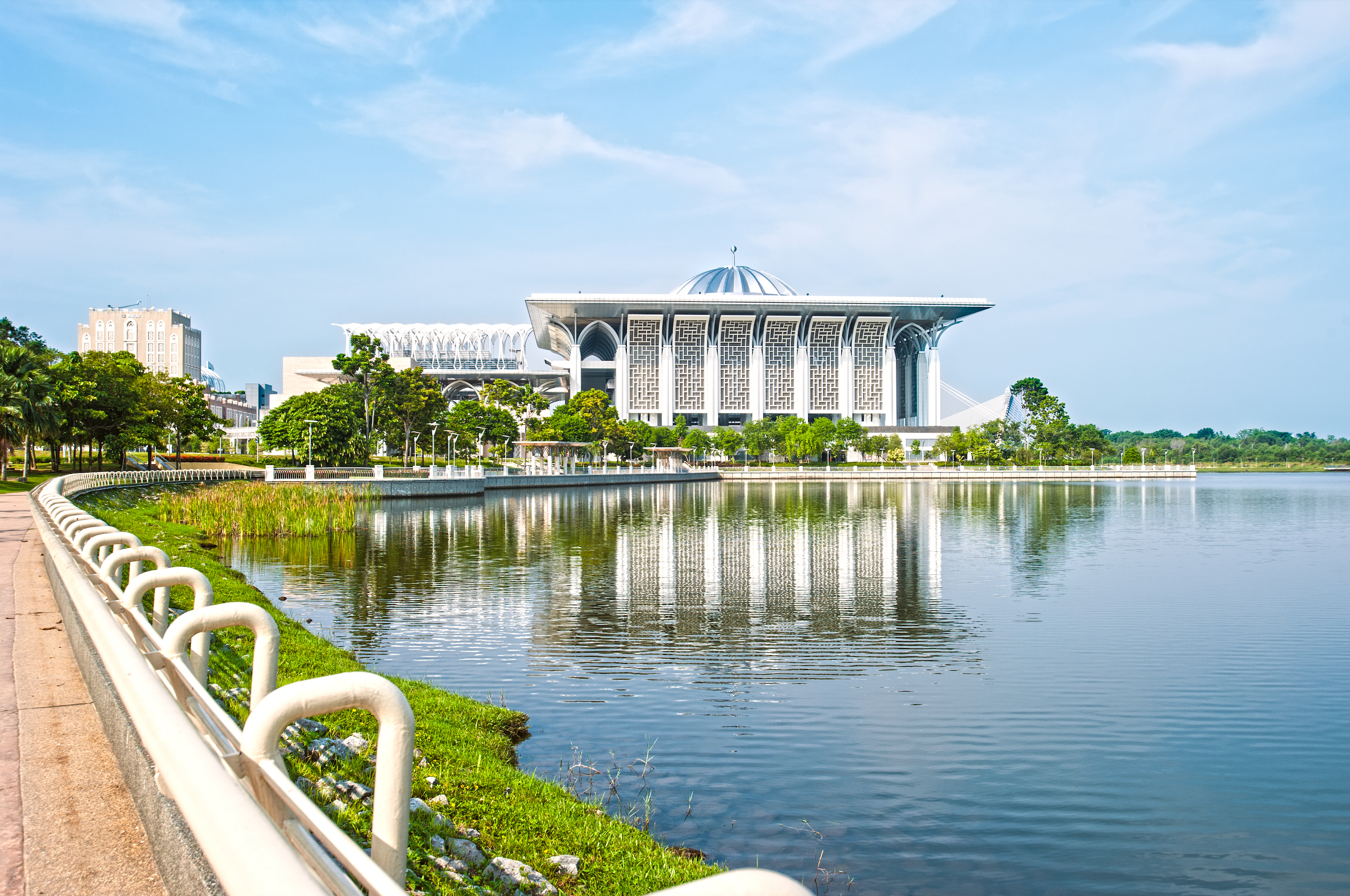
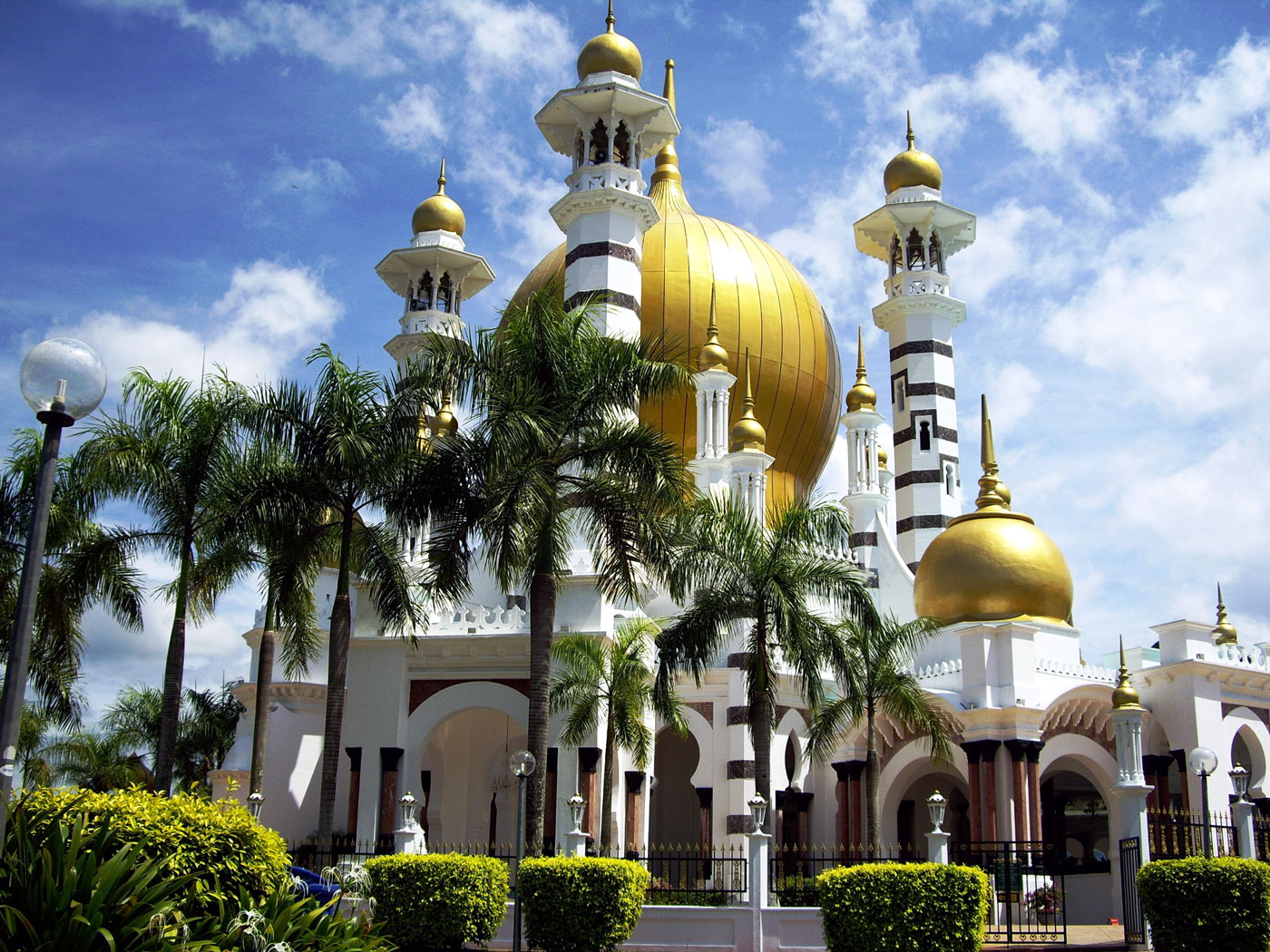

Veranstaltungen Spiele der malaysischen Fußballnationalmannschaft Endspiel um den Malaysia Cup 1998, 2001–2010, 2014 Commonwealth Games 1998 Südostasienspiele 2001 FA Premier League Asia Cup 2003 FESPIC Games 2006 Fußball-Asienmeisterschaft 2007 ASEAN-Fußballmeisterschaft 2012 ASEAN-Fußballmeisterschaft 2014

 Egypt
Egypt
 Australia
Australia
 Belgium
Belgium
 Brunei Darussalam
Brunei Darussalam
 China
China
 Germany
Germany
 Djibouti
Djibouti
 France
France
 Greece
Greece
 Guangdong Sheng-GD
Guangdong Sheng-GD
 Hongkong Tebiexingzhengqu-HK
Hongkong Tebiexingzhengqu-HK
 India
India
 Indonesia
Indonesia


 IT-Times
IT-Times
 Late Classical, Romantic (Early, Middle, Late)
Late Classical, Romantic (Early, Middle, Late)
 Italy
Italy
 Japan
Japan
 Malaysia
Malaysia
 Morocco
Morocco
 Myanmar
Myanmar
 Oman
Oman
 Pakistan
Pakistan
 Philippines
Philippines
 Portugal
Portugal
 Republic of Korea
Republic of Korea
 Saudi Arabia
Saudi Arabia
 Shanghai Shi-SH
Shanghai Shi-SH
 Singapore
Singapore
 Singapore
Singapore
 Sri Lanka
Sri Lanka
 Taiwan Sheng-TW
Taiwan Sheng-TW
 Thailand
Thailand
 Turkey
Turkey
 United Arab Emirates
United Arab Emirates
 United Kingdom
United Kingdom
 Vietnam
Vietnam
 Cyprus
Cyprus
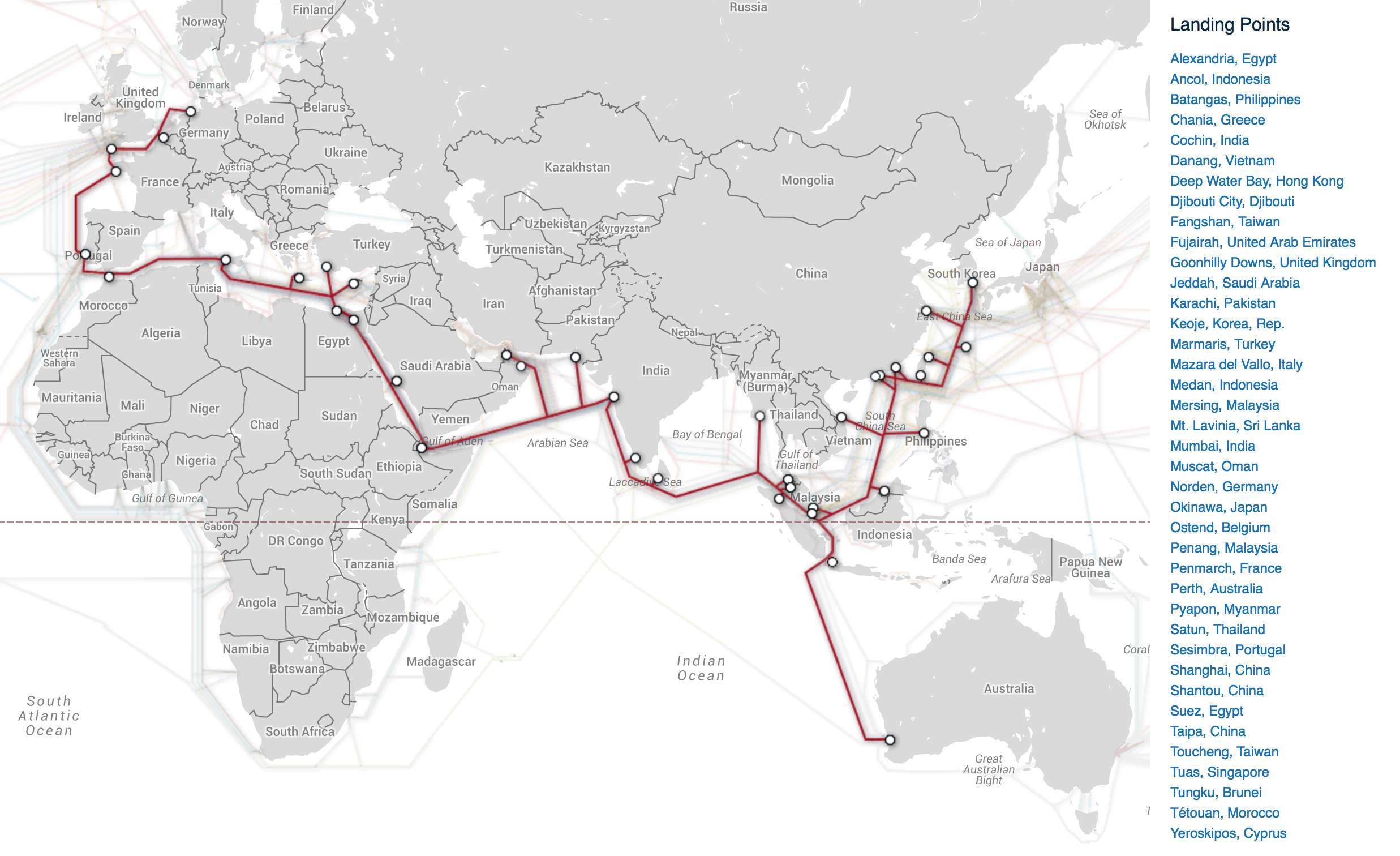
 China
China
 Guangdong Sheng-GD
Guangdong Sheng-GD
 Hongkong Tebiexingzhengqu-HK
Hongkong Tebiexingzhengqu-HK


 IT-Times
IT-Times
 Modern music impressionism
Modern music impressionism
 Japan
Japan
 Malaysia
Malaysia
 Philippines
Philippines
 Republic of Korea
Republic of Korea
 Shanghai Shi-SH
Shanghai Shi-SH
 Singapore
Singapore
 Taiwan Sheng-TW
Taiwan Sheng-TW
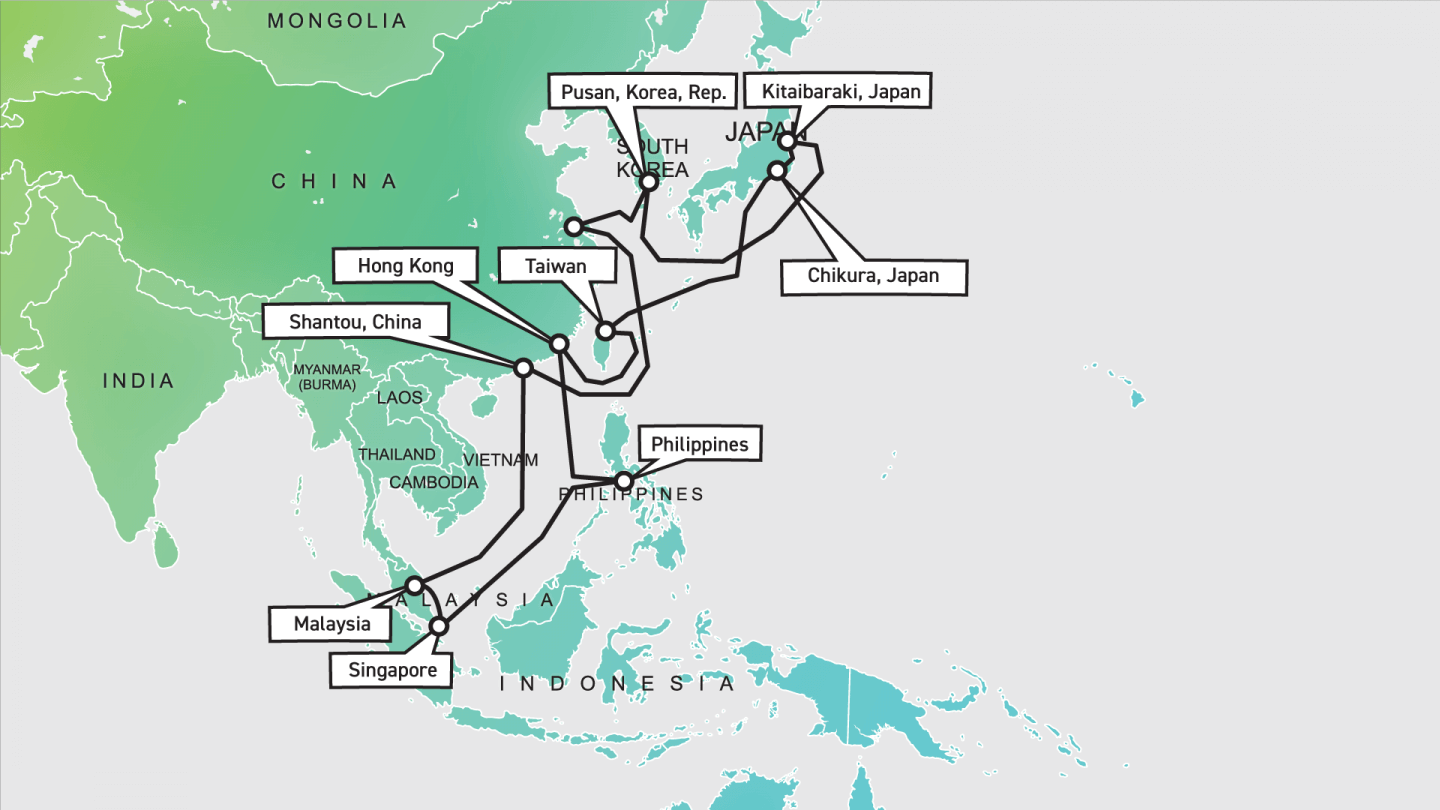
Cable System:
- Asia Pacific Cable Network 2, or APCN-2
Cable Length:
- 19,000 Km
Design Capacity:
- 2.56 Tbps
- 4 fiber pairs, each of 64x10 Gbps DWDM
- upgrade to 40 Gbps DWDM in September 2011
Lit Capacity:
- 80 Gbps (as of RFS in Dec. 2001)
- 160 Gbps (first upgrade in 2002)
- 280 Gbps (2nd upgrade in 2006)
Ready for Service Date:
- December 20, 2000
Investment Type:
- Consortium
Owner(s):
- The APCN-2 consortium members consist of 45 carriers in Asia Pacific region, including following 26 initial parties:
| KDD (Japan) Advantel(Hong Kong) Chunghwa Telecom (Taiwan) C&W Global Network (Ireland) KPN (Netherlands) Metromedia Fiber Network (USA) PLDT (Philippines) Taiwan Fixed Net (Taiwan) Telecom Malaysia (Malaysia) | NTT Communications (Japan) China Telecom (China) Concert (Bermuda) Global One (Japan) Layer 2 Communications (British Virgin Is.) New Century Infocomm Co. (Taiwan) Singapore Telecom (Singapore) Teleglobe (United States) Williams Communications (USA) | Japan Telecom (Japan) China Unicom (China) C&W HKT (Hong Kong) Korea Telecom (Korea) MCII (United States) OneLink Cable Network (Hong Kong) Starhub (Singapore) Telstra Global Networks (Bermuda) |

 Afghanistan
Afghanistan
 Egypt
Egypt
 Armenia
Armenia
 Azerbaijan
Azerbaijan
 Ethiopia
Ethiopia
 Australia
Australia
 Bangladesh
Bangladesh
 Beijing Shi-BJ
Beijing Shi-BJ
 Brunei Darussalam
Brunei Darussalam
 China
China
 Denmark
Denmark
 Demokratische Republik Timor-Leste
Demokratische Republik Timor-Leste
 Germany
Germany
 Fidschi
Fidschi

 Financial
Financial
 International Bank for Cooperation
International Bank for Cooperation
 Finland
Finland
 France
France
 Georgia
Georgia
 Hongkong Tebiexingzhengqu-HK
Hongkong Tebiexingzhengqu-HK
 India
India
 Indonesia
Indonesia
 Iran
Iran
 Ireland
Ireland
 Iceland
Iceland
 Israel
Israel
 Italy
Italy
 Jordan
Jordan
 Cambodia
Cambodia
 Kasachstan
Kasachstan
 Katar
Katar
 Kyrgyzstan
Kyrgyzstan
 Laos
Laos
 Luxembourg
Luxembourg
 Malaysia
Malaysia
 Malediven
Malediven
 Malta
Malta

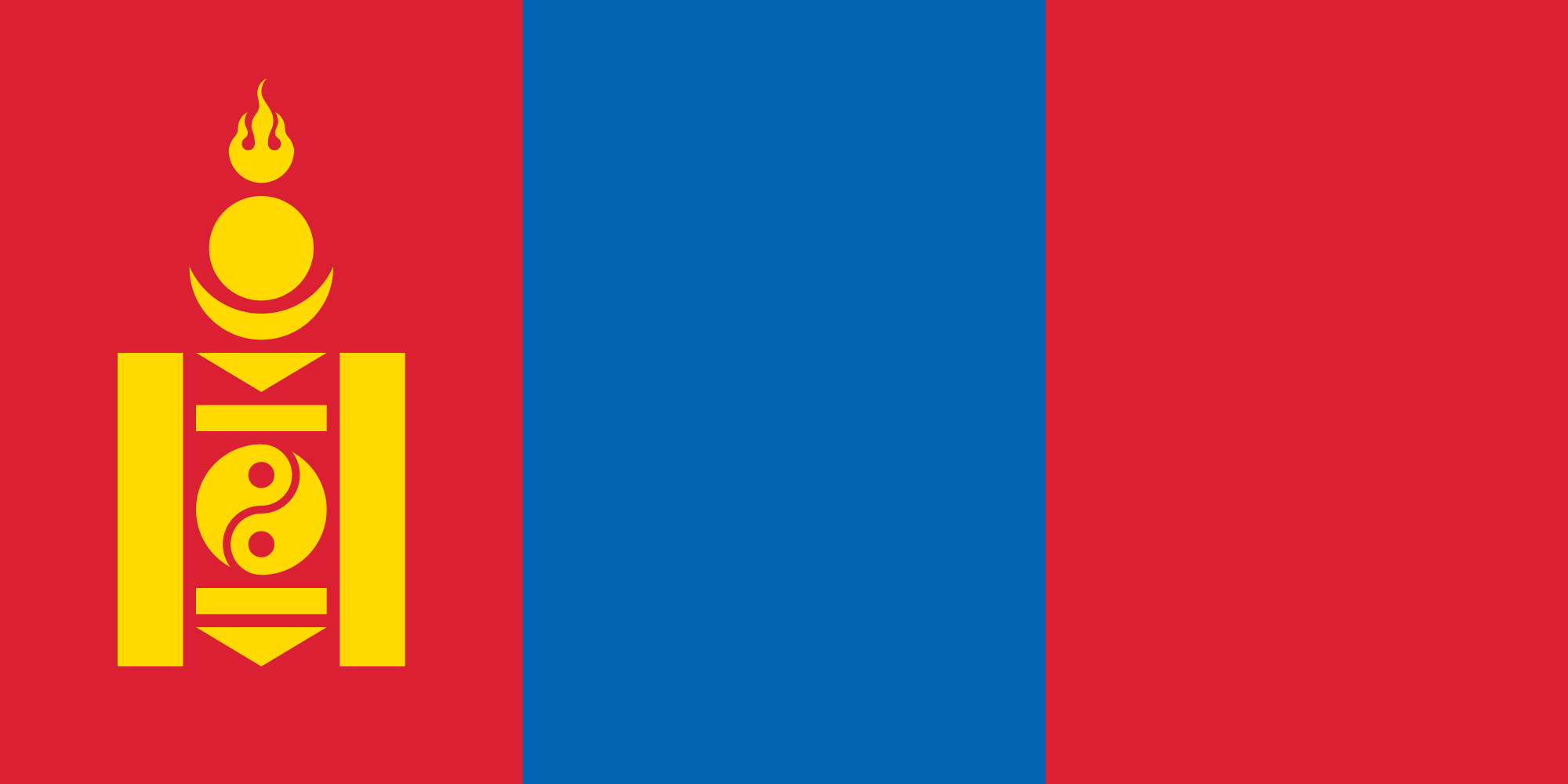 Mongolei
Mongolei
 Myanmar
Myanmar
 Nepal
Nepal
 New Zealand
New Zealand
 Netherlands
Netherlands
 Norwegen
Norwegen
 Oman
Oman
 Austria
Austria
 Pakistan
Pakistan
 Philippines
Philippines
 Poland
Poland
 Portugal
Portugal
 Republic of Korea
Republic of Korea
 Russia
Russia
 Samoa
Samoa
 Saudi Arabia
Saudi Arabia
 Sweden
Sweden
 Switzerland
Switzerland
 Singapore
Singapore
 Spain
Spain
 Sri Lanka
Sri Lanka
 South Africa
South Africa
 Tajikistan
Tajikistan
 Thailand
Thailand
 Turkey
Turkey
 Hungary
Hungary
 Uzbekistan
Uzbekistan
 United Arab Emirates
United Arab Emirates
 United Kingdom
United Kingdom
 Vietnam
Vietnam

 Important International Organizations
Important International Organizations

 Economy and trade
Economy and trade
 Economic and political research
Economic and political research
 Cyprus
Cyprus

Anlass zur Initiative der Gründung war insbesondere die Unzufriedenheit Chinas über eine Dominanz der US-Amerikaner im Internationalen Währungsfonds, der keine faire Verteilung der globalen Machtverhältnisse aus Sicht Chinas widerspiegelte.[2] Da sich die US-Amerikaner strikt weigerten, eine Änderung der Stimmverhältnisse zu implementieren, begann China 2013 mit der Gründung der Initiative. Neben den 21 Gründungsmitgliedern haben im Jahr 2015 auch unter anderem Deutschland, Italien, Frankreich und das Vereinigte Königreich ihr Interesse bekundet, als nicht-regionale Mitglieder die neue Entwicklungsbank zu unterstützen.[3]
Die Gründungsurkunde der AIIB wurde am 29. Juni 2015 von Vertretern aus 57 Ländern in Peking unterzeichnet.[4] Die Bank nahm im Januar 2016 ihre Arbeit ohne Beteiligung der USA und Japan auf.[5]
Joachim von Amsberg ist der "Vizepräsident für Politik und Strategie".
亚洲基础设施投资银行(英语:Asian Infrastructure Investment Bank,縮寫:AIIB),简称亚投行,是一个愿意向亚洲国家和地區的基础设施建设提供资金支持的政府间性质的亚洲区域多边开发机构,成立的目的是促进亚洲区域的互联互通建设和经济一体化的进程,並且加大中國與其他亚洲國家和地区的合作力度。总部设在中国北京,法定资本为1,000亿美元。[2]
中华人民共和国主席习近平于2013年10月2日在雅加达同印度尼西亚总统苏西洛举行会谈时首次倡议筹建亚投行。[3]2014年10月24日,中国、印度、新加坡等21国在北京正式签署《筹建亚投行备忘录》。[2]2014年11月25日,印度尼西亚签署备忘录,成为亚投行第22个意向创始成员国。[4]
2015年3月12日,英国正式申请作为意向创始成员国加入亚投行,[5]成为正式申请加入亚投行的首个欧洲国家、主要西方国家。[6]随后法国、意大利、德国等西方国家纷纷以意向创始成员国身份申请加入亚投行。[7]接收新意向创始成员国申请截止日期3月31日临近,韩国[8]、俄罗斯[9]、巴西[10]等域内国家和重要新兴经济体也抓紧申请成为亚投行意向创始成员国。
各方商定将于2015年年中完成亚投行章程谈判并签署,年底前完成章程生效程序,正式成立亚投行。[11]
アジアインフラ投資銀行(アジアインフラとうしぎんこう、英: Asian Infrastructure Investment Bank, AIIB、中: 亚洲基础设施投资银行,亞洲基礎設施投資銀行)は、国際開発金融機関のひとつである。
中華人民共和国が2013年秋に提唱し主導する形で発足した[1]。「合計の出資比率が50%以上となる10以上の国が国内手続きを終える」としていた設立協定が発効条件を満たし、2015年12月25日に発足し[2][3]、2016年1月16日に開業式典を行った[1][4]。
57か国を創設メンバーとして発足し[1][5]、2017年3月23日に加盟国は70カ国・地域となってアジア開発銀行の67カ国・地域を超え[6][7]、一方で日本、アメリカ合衆国などは2017年の現時点で参加を見送っている[8]。 創設時の資本金は1000億ドルである[9]。
The Asian Infrastructure Investment Bank (AIIB) is a multilateral development bank that aims to support the building of infrastructure in the Asia-Pacific region. The bank currently has 93 members from around the world [7]. The bank started operation after the agreement entered into force on 25 December 2015, after ratifications were received from 10 member states holding a total number of 50% of the initial subscriptions of the Authorized Capital Stock.[8]
The United Nations has addressed the launch of AIIB as having potential for "scaling up financing for sustainable development"[9] and to improve the global economic governance.[10] The starting capital of the bank was $100 billion, equivalent to 2⁄3 of the capital of the Asian Development Bank and about half that of the World Bank.[11]
The bank was proposed by China in 2013[12] and the initiative was launched at a ceremony in Beijing in October 2014.[13] It received the highest credit ratings from the three biggest rating agencies in the world, and is seen as a potential rival to the World Bank and IMF.[14][15]
La Banque asiatique d'investissement dans les infrastructures (BAII ou AIIB), est une banque d'investissement proposée par la République populaire de Chine dans le but de concurrencer le Fonds monétaire international, la Banque mondiale et la Banque asiatique de développement1 pour répondre au besoin croissant d'infrastructures en Asie du Sud-Est et en Asie centrale. Cette banque s'inscrit dans la stratégie de la nouvelle route de la soie, développée par la Chine.
La Banca Asiatica d'Investimento per le infrastrutture (AIIB), fondata a Pechino nell'ottobre 2014, è un'istituzione finanziaria internazionale proposta dalla Repubblica Popolare Cinese. Si contrappone al Fondo Monetario Internazionale, alla Banca Mondiale e all'Asian Development Bank[1], le quali si trovano sotto il controllo del capitale e delle scelte strategiche dei paesi sviluppati come gli Stati Uniti d'America.[2] Scopo della Banca è fornire e sviluppare progetti di infrastrutture nella regione Asia-Pacifico attraverso la promozione dello sviluppo economico-sociale della regione e contribuendo alla crescita mondiale.
El Banco Asiático de Inversión en Infraestructura (Asian Infrastructure Investment Bank o AIIB) es una institución financiera internacional propuesta por el gobierno de China. El propósito de este banco de desarrollo multilateral es proporcionar la financiación para proyectos de infraestructura en la región de Asia basado en un sistema financiero de préstamo1 y el fomento del sistema de libre mercado en los países asiáticos.
El AIIB está considerado por algunos como una versión continental del FMI y del Banco Mundial, y busca ser un rival por la influencia en la región del Banco de Desarrollo asiático (ADB), el cual esta alineado a los intereses de potencias, tanto regionales (Japón), como globales (Estados Unidos, la Unión Europea).2
El banco fue propuesto por Xi Jinping en 2013 e inaugurado con una ceremonia en Pekín en octubre de 2014. La ONU se a mostrado entusiasta con la propuesta china, a la que a descrito como el FMI del futuro y a señalado como "una gran propuesta para financiar el desarrollo sostenible" y "mejorar la gobernanza económica mundial". La entidad constó inicialmente con 100 mil millones de dolares, es decir, la mitad del dinero de que posee el Banco Mundial.
La entidad a recibido inversión por parte de corporaciones financieras estadounidenses como la Standard & Poor's, Moody's o Fitch Group34. Actualmente la entidad consta de 87 miembros, incluyendo los 57 miembros fundadores. Bélgica, Canadá, y Ucrania están barajando unirse al AIIB. Estados Unidos, Japón y Colombia no tienen intención de participar. China a prohibido a Corea del Norte unirse, instigando además una política de aislamiento contra esta por parte del AIIB.
Азиатский банк инфраструктурных инвестиций (АБИИ) (англ. Asian Infrastructure Investment Bank, AIIB) — международная финансовая организация, создание которой было предложено Китаем. Основные цели, которые преследует АБИИ, — стимулирование финансового сотрудничества в Азиатско-Тихоокеанском регионе, финансирование инфраструктурных проектов в Азии от строительства дорог и аэропортов до антенн связи и жилья экономкласса[1].
По заявлениям вице-премьера России Игоря Шувалова, AБИИ не рассматривается как потенциальный конкурент МВФ, Всемирного банка и Азиатского банка развития (АБР). Однако эксперты рассматривают AIIB как потенциального конкурента базирующихся в США Международного валютного фонда (МВФ) и Всемирного банка. После сообщений об успехах AIIB американский министр финансов США Джейкоб Лью предупредил, что международным финансовым организациям в США, таким как ВБ и МВФ, грозит потеря доверия [2][3].
Китай, Индия и Россия возглавили организацию, оказавшись в тройке крупнейших владельцев голосов. При этом на важнейшие решения КНР имеет фактическое право вето[4].

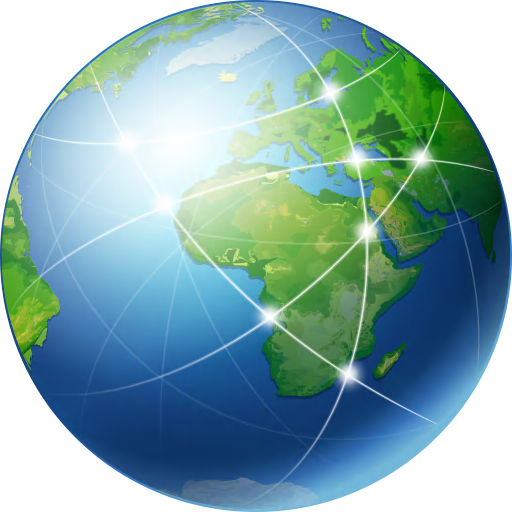 Geography
Geography
 Transport and traffic
Transport and traffic
 Architecture
Architecture
 Religion
Religion
 Sport
Sport
 Motorsport
Motorsport


 Automobile
Automobile